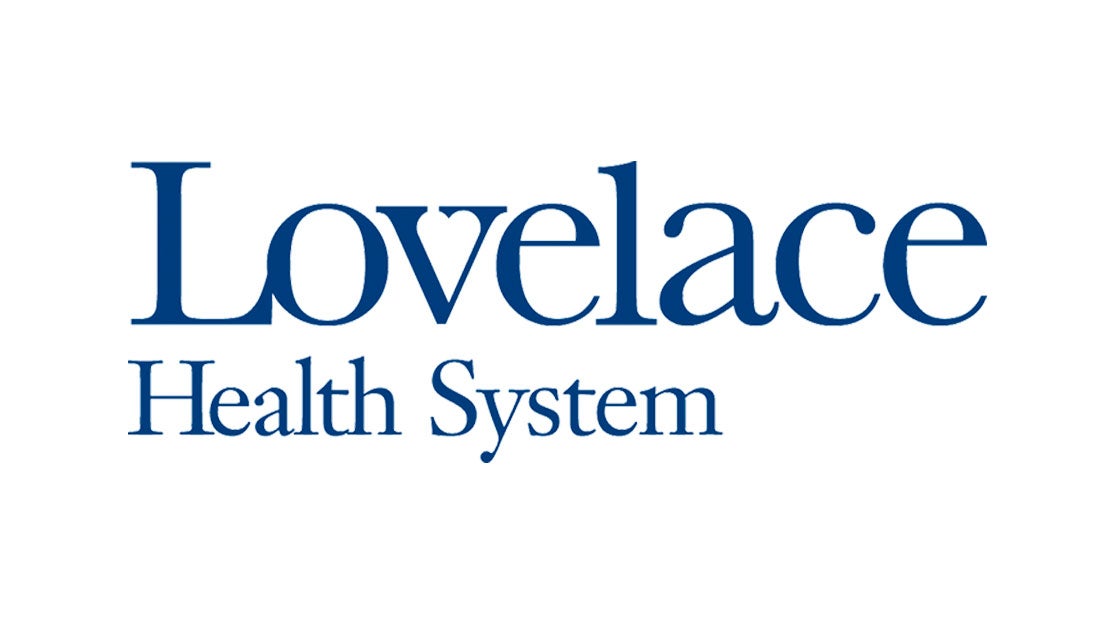
What started with a project at Cornell University in 2011 has skyrocketed, literally. NASA recently announced they were funding a $125,000 grant to build a prototype 3-D printer that could print pizza in space for future missions, possibly to Mars, where NASA says a 520-day food supply would be needed. The 3-D printer, they believe, could provide astronauts with food exceeding the 15-plus-year shelf life requirement. The space-age idea has some health care providers nervous about what this means for the American diet if widely adopted. After all, the Internet was abuzz when Twinkies’ shelf life was nearly doubled from 26 days to 46 days.
“The food industry has always been very good at extending shelf life,” says Lovelace Bariatrics Director Dr. Duc Vuong. “However, they are still unable to replicate the complex nutrition that is found in something as ubiquitous as the apple.”
Real vs. Fake Food
 Passionate about real food versus junk (or “fake”) food, Dr. Vuong educates patients and attendees at his community seminars about the importance of knowing the difference. Understanding what we are consuming is the cornerstone of his position about how we think about food and dieting. Dr. Vuong is known for bringing in hard-to-recognize produce to seminars as a challenge to attendees. Just being able to name produce sparks the conversation about real food.
Passionate about real food versus junk (or “fake”) food, Dr. Vuong educates patients and attendees at his community seminars about the importance of knowing the difference. Understanding what we are consuming is the cornerstone of his position about how we think about food and dieting. Dr. Vuong is known for bringing in hard-to-recognize produce to seminars as a challenge to attendees. Just being able to name produce sparks the conversation about real food.
“These food items, which are foreign to my patients, are found in the average American grocery store,” says Dr. Vuong. “When my patients ask me where I get all of the ‘weird’ fruit from, I tell them, ‘At the store across the street.’”
As our convenience-driven culture continues to find ways to incorporate food not found in the produce section into our diets, we see obesity rates continuing to climb. Here in New Mexico, we are under the national average of 35.7 percent of adults at 27.1 percent. However, that still has a dramatic impact on the health of our state, increasing the risk of heart disease and stroke, high blood pressure, Type 2 diabetes and cancer, to name a few.
Dr. Vuong says our view of what is convenient many times comes from the wrong perspective. “Contrary to many established beliefs, eating healthy is actually pretty easy,” he says. “Having heart bypass surgery or recovering from a stroke is actually what’s hard.”
Our Fast Food Fascination
According to a recent Gallup poll, 80 percent of adults add fast food to their diet on a monthly basis. If you take a look at the next generation, the majority of 18- to 29-year-olds eat at a fast food restaurant every week. Researchers say three-fourths of us know fast food is not good for us, but we eat it anyway. Will the same be true of food that can outlive all the Twinkies on the planet?
“Each and every one of us deep inside already knows how to live a long and healthy life,” explains Dr. Vuong. “The real question is, ‘Why then don’t we do it?’ We will tackle this topic next time.”




